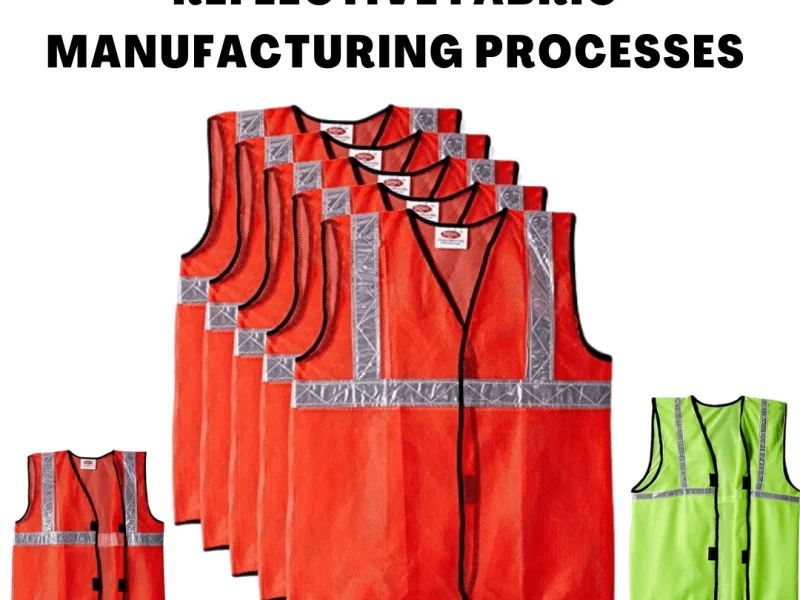Titanium dioxide (TiO2) is a white pigment widely utilized in industrial and consumer applications. It is widely used in paints, coatings, polymers, and textiles due to its excellent opacity, brightness, and outstanding durability. Titanium dioxide’s (TiO2) high UV resistance makes it a popular sunscreen, cosmetic, and food packaging ingredient. The mineral is mined from the ground and crushed into a fine powder, which is then utilized as a pigment in many different items. In this blog, we will discuss how is titanium dioxide manufactured and the titanium dioxide manufacturing process in detail.
Titanium Dioxide- What is it, and how is it important in the manufacturing process
Titanium dioxide (TiO2) is a white, opaque mineral that occurs naturally in various crystalline forms, the most common of which are rutile and anatase. In addition to its extensive use as a pigment to impart whiteness and opacity, it is odorless and absorbing. It has been employed as a bleaching and opacifying agent in porcelain enamels to improve their brightness, hardness, and acid resistance. Its photocatalytic activity produces thin coatings with self-cleaning and disinfecting properties when exposed to UV radiation. Furthermore, it is found in cosmetics, skin care products, sunscreen lotions, and even food coloring. The TiO2 manufacturing process involves various processes and steps we will discuss later in this blog.
Market demand for Titanium Dioxide
Grand View Research projects that the worldwide market for titanium dioxide will increase from its 2020 valuation of $14.67 billion to a whopping $20.63 billion by 2028, a compound annual growth rate (CAGR) of 4.3%. The rising need for high-quality, multipurpose materials is predicted to propel the global market for the TiO2 process to continue its growth in the years ahead.
Real-life applications of Titanium Dioxide
Titanium dioxide is a chemical that can be used in a variety of industries and has many practical applications. Titanium dioxide is a multi-skilled participant in manufacturing, contributing to paint colors, textile functionality, pharmaceutical medication efficacy, and rubber product durability. Before we discuss the TiO2 production process, let’s first understand its use in various industries:
Paint Industry
Titanium dioxide is an industry titan within the paint sector. It makes paints appear brighter, and its beautiful white pigment makes them more opaque and increases their coverage. Because of this, it is an essential ingredient in many different kinds of paints and coatings, including automobiles and interior wall paintings. Titanium dioxide is an essential component in the realm of color and protection since it guarantees that the colors stand out and endure, whether by offering a blank canvas for artistic expression or boosting the resilience of exterior coatings.
Textiles
Titanium dioxide is an integral part of many textiles, aesthetically and functionally. The finishing processes of textiles use this multipurpose chemical to offer qualities like resistance to ultraviolet light and antimicrobial characteristics. Titanium dioxide-treated textiles guarantee that the garments stay fresh and shield us from the sun. This includes odor-resistant athletic wear and sun-protective apparel. Beyond its apparent aesthetic value, it serves as a silent protector for the textile industry, increasing the worth of the clothes we wear daily.
Pharmaceutical industry
Titanium dioxide is a key component in many medicinal products, including pills and capsules. As a coating material, it is mainly utilized as a medicinal additive. Titanium dioxide coatings on pills serve a dual purpose of improving their aesthetics and shielding the active components from the damaging effects of light and moisture. This preserves medicine potency and shelf life, making titanium dioxide a vital element for pharmaceutical businesses and patients who rely on their treatments’ effectiveness.
Rubber products
Titanium dioxide adds robustness and longevity to rubber goods. It strengthens rubber compositions and makes them more resistant to ozone and ultraviolet light, the two most typical environmental hazards. In sectors where dependability and durability are paramount, rubber products infused with titanium dioxide are indispensable, such as tires that securely grip roads and seals and gaskets that retain their integrity over time.
How is Titanium Dioxide manufactured?
The titanium dioxide process depends on important raw resources such as titanium ore, chlorine gas, and carbonaceous material. Chemical reactions are facilitated by specialized reactors such as chlorinators, which have fine temperature control systems.
Raw materials and machinery required
Beginning with a small number of raw materials and specific machinery, a lengthy chemical process is used to manufacture Titanium Dioxide. The main ingredients used in processing are carbonaceous substances such as coal or coke, chlorine gas, and high-quality titanium ore, typically in the form of ilmenite or rutile. These raw ingredients are fed into a specialized reactor called a chlorinator, where they undergo a high-temperature chemical reaction. Electric arc furnaces or fluidized bed reactors provide a regulated environment and maintain the required temperature.
Titanium Dioxide manufacturing using Chloride method
The chloride method is among the most popular options for making titanium dioxide. In this process, all ingredients are meticulously mixed before being cooked in a chlorinator to temperatures well over 1000°C. In a high-temperature setting, titanium ore and chlorine gas react to generate titanium tetrachloride, known as TiCl4. The final product of this chemical reaction is titanium dioxide, produced by oxidation and hydrolysis. Precise control over reaction times, pressure, and temperature is essential to ensure that the finished product has the appropriate purity and quality.
Conclusion
In conclusion, the market for titanium dioxide pigment is dynamic and full of opportunities for ambitious entrepreneurs. Now is the perfect moment to start your journey if you are considering entering this booming industry. We hope that this blog answers all of your queries on how is titanium dioxide manufactured.
Author:
Robert C. Green
The author is a metallurgy expert with a wealth of industry knowledge. With a passion for helping businesses optimize their processes and achieve excellence in metallurgical practices, they share valuable insights in their articles on metallurgy consulting.




